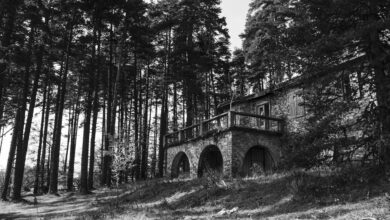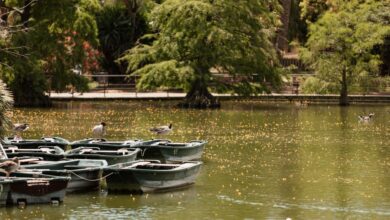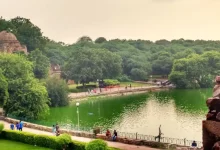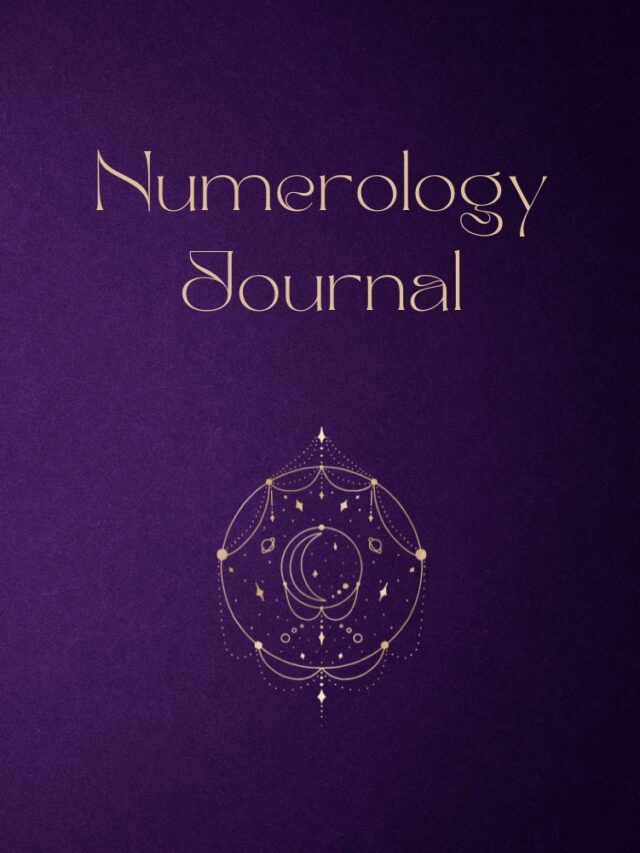Qutub Minar: The Iconic 73‑Metre Minaret of Delhi
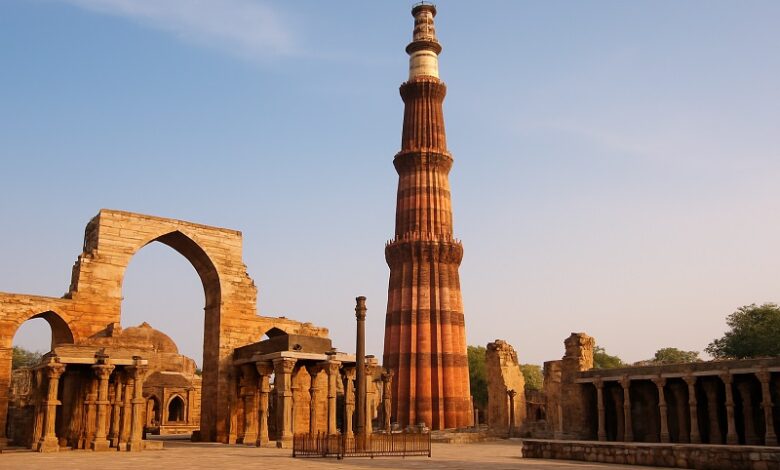
Qutub Minar, also spelled Qutub Minar or Qutab Minar, is one of the most enduring symbols of Delhi’s rich heritage. This towering minaret is the heart of the Qutub complex, situated in Mehrauli, South Delhi. A revered UNESCO World Heritage Site, it stands at approximately 73 m (240 ft) tall and ranks among the tallest brick minarets in the world .
Constructed over the late 12th to early 13th centuries, it marks the start of Islamic rule in Delhi and draws millions annually—whether for its historical importance, architectural flair, or cultural resonance.
🔍 Qutub Minar History
Founding and Early Construction
Construction began in AD 1199 under the reign of Qutb‑ud‑din Aibak, the founder of the Delhi Sultanate, intended as a victory tower to celebrate his conquest over Prithviraj Chauhan
- Aibak completed only the first storey before his death.
- His successor and son‑in‑law Iltutmish (r. 1210–1236) added the next three storeys, completing the main structure by around 1220
Damage, Restoration & Additions
Over centuries, natural events and lightning damaged the Minar:
- In 1369, lightning destroyed the top storey; Firuz Shah Tughlaq rebuilt it, adding stone and marble work and a small cupola
- A major earthquake in 1505 damaged upper stories; repairs were carried out under Sikandar Lodi In 1803, an earthquake during the British era led to further damage; Major Robert Smith restored it in 1828 and added another cupola, which was removed in 1848 by Governor‑General Hardinge
Today, the minaret stands as a blend of dynastic art, a mosaic of red sandstone and marble spanning centuries of rulership
🛕 Qutub Minar Architecture & Design
Qutub Minar architecture showcases customs of Indo‑Islamic style—rich sandstone carvings, inscriptions, scalloped arches, and calligraphy.
- Height & Structure: The minar stands at 73 m (240 ft), tapering from a base diameter of ~14.3 m (47 ft) to ~2.7 m (9 ft) at the top
- Five distinct storeys, each capped by balconies supported on ornate stalactite brackets
- Materials: The first three ground-level levels are built entirely from red sandstone, the fourth from a sandstone‑marble combo, and the fifth mostly marble
- Inscriptions: Qur’anic verses and nagari script document its construction and renovations, carved into decorative bands
- Fluted exterior: Vertical ridges (“fluting”) adds visual depth; balconies feature detailed stone brackets and geometric design .
Inspired by Afghanistan
There’s resemblance to the Minaret of Jam in Afghanistan (~1190 AD)—similar in scale, decoration, and built around the same era, highlighting cross-regional Islamic architectural influences
🏛 The Qutub Complex
The Qutub complex in Mehrauli includes more than its central tower—it’s a sprawling historical campus that includes:
- Quwwat‑ul‑Islam Mosque (1193): Built using reused Hindu-Jain temple materials—North India’s first mosque
- Iron Pillar: A 7.2 m tall iron marvel famed for rust-resistance, dating to the 4th century and tied to Chandragupta II .
- Alai Darwaza (1311): Monumental gateway by Alauddin Khilji—exquisitely carved with Indo-Islamic motifs
- Alauddin Khalji’s Madrasa and Tomb (1315): First madrasa tomb combo in India
- Ruins: Additional tombs, madrasa foundations, sundials, mosque columns, and more across this 200-acre archaeological park .
📍 Location & Accessibility
- Located in Mehrauli Archaeological Park, South Delhi—bordering the older Lal Kot fort (~1060 CE)
- Address: Seth Sarai, Mehrauli, New Delhi, Delhi 110030
- Nearest Metro: Qutub Minar Metro Station on the Yellow Line; from there, take an auto-rickshaw or walk
- Other public transport: Many Delhi buses (e.g., 894CL), HOHO tourist buses.
- From Gurgaon, Noida, Old Delhi, and IGI Airport—accessible via metro → last-mile auto or bus
🎫 Qutub Minar Ticket Price & Timings
- Open everyday (except occasional maintenance/holidays):
- 7:00 AM – 5:00/8:00 PM depending on season (7 AM–8 PM per some 2025 guides)
- Entry Tickets:
- Indian visitors: ₹35–₹40
- SAARC/BIMSTEC visitors: ₹35
- Foreign tourists: ₹550–₹600
- Kids <15: Free
- Visitor Info:
- Best to arrive in early morning or late afternoon to avoid heat and crowds
- Official ticket booths are onsite; purchase e‑tickets via the official portal to skip the queue
📸 Visitor Experience & Tips
- Duration: Most visitors spend 45–60 minutes
- No climb access: Public entry to the spiral staircase is closed since a 1981 safety incident; only base area accessible
- Amenities: Limited facilities—buy snacks before entrance; clear water bottles through security.
- Best seasons: October–March—pleasant temperatures and brilliant skies
- Attire: Light, breathable clothes and sun protection recommended.
- Photography: Ideal spots include the sunlit base, Alai Darwaza doorway, and near the Iron Pillar—all prime angles
- Guided Tours: Local guides are often available near entry or book via reputed Delhi travel services—they offer deeper contextual insights.
- Nearby exploration: The surrounding park includes over 100 heritage structures like Baolis, old mosques, Tughlaq ruins, and more. Plan extra time to stroll the full grounds.
🏛 Nearby Attractions & Surroundings
- Mehrauli Archaeological Park: Spreading over ~200 acres, home to Lal Kot, Tughlaq-era tombs, Mughal-era baolis, and modern ruins (en.wikipedia.org).
- Humayun’s Tomb, Garden of Five Senses, National Rose Garden, Lodhi Garden, India Gate, Akshardham, and more lie within reachable distance via taxi or metro
- Local Eateries: Multiple cafés and street food outlets near complex entrance serve snacks and chaat. A worthwhile stop, especially for a post-tour treat .
📅 Events: Qutub Festival
Every November–December, the complex stages the Qutub Festival: music, dance, and cultural performances set around the illuminated minaret. Local and international artists perform—it’s a spectacular way to experience the site alive with festive vibrancy
In recent years, the minar has also been lit up for global celebrations—like Mexico’s Independence Day in Sept 2023—underscoring its international symbolism (en.wikipedia.org).
🎓 Interesting Facts & Highlights
- Rust‑proof Iron Pillar: Dating back to the Gupta era (~4th century), high-phosphorus iron resists rusting—a metallurgy marvel
- First mosque in Delhi: The Quwwat‑ul‑Islam Mosque predates the minar, built in 1193 CE, showcasing structural ingenuity of oppressive reuse
- Seismic resilience: Seismic monitors installed in 2004 showed Qutub Minar survived the 2005 Delhi earthquake—its lime mortar + rubble foundation helps dissipate seismic energy (en.wikipedia.org).
- ‘Wish pillar’ legend: Popular belief—circling the Iron Pillar and touching it, or embracing it, grants wishes
- Literary mentions: Spotted in many films—films like Fanaa and Big Bull have featured the monument, adding to its recognition.
🌐 Qutub Minar in the Age of Modern
- Local/language adaptation: Indian Rupee (₹) pricing, metro lines, local food options.
- Rich content structure: Headers, bullet lists, FAQs, proper schema-friendly formatting.
- Topical depth: Comprehensive coverage assures E‑E‑A‑T (Experience, Expertise, Authoritativeness, Trustworthiness)
❓ Frequently Asked Questions (FAQ)
Q: How can I visit the top of Qutub Minar?
A: Public climbing is not allowed since 1981 due to safety—only the base and surrounding monuments are open .
Q: What is the best time to visit Qutub Minar?
A: October–March, early morning or late afternoon offers mild weather and best daylight for photos .
Q: Are there guided tours available?
A: Yes—local guides can be found at the entrance; alternatively, you can pre-book via reputed tour services.
Q: Is Qutub Minar wheelchair‑accessible?
A: The base is accessible (no climbing), but the steps and uneven grounds beyond the core area limit full access .
Q: What’s included in the ticket price?
A: The ticket grants access to the entire Qutub complex, including the mosque, Iron Pillar, madrasa, Alai Darwaza, and gardens. No extra charges beyond the main entry.
Q: Are food or drinks allowed?
A: No internal cafeterias; light snacks and water are permitted but must be inspected by security. Alternatively, street food stalls are available outside the main gate.
📝 Concluding Summary
The Qutub Minar is more than just a minaret—it’s a lasting testament to India’s layered past, architectural ingenuity, and cultural fusion. It’s survived dynasties, fires, quakes, lightning—and Sherif’s cupolas. Today’s visitors walk its vast archaeological park, touch an ancient pillar that refuses to rust, and experience Delhi’s rich, evolving narrative.

